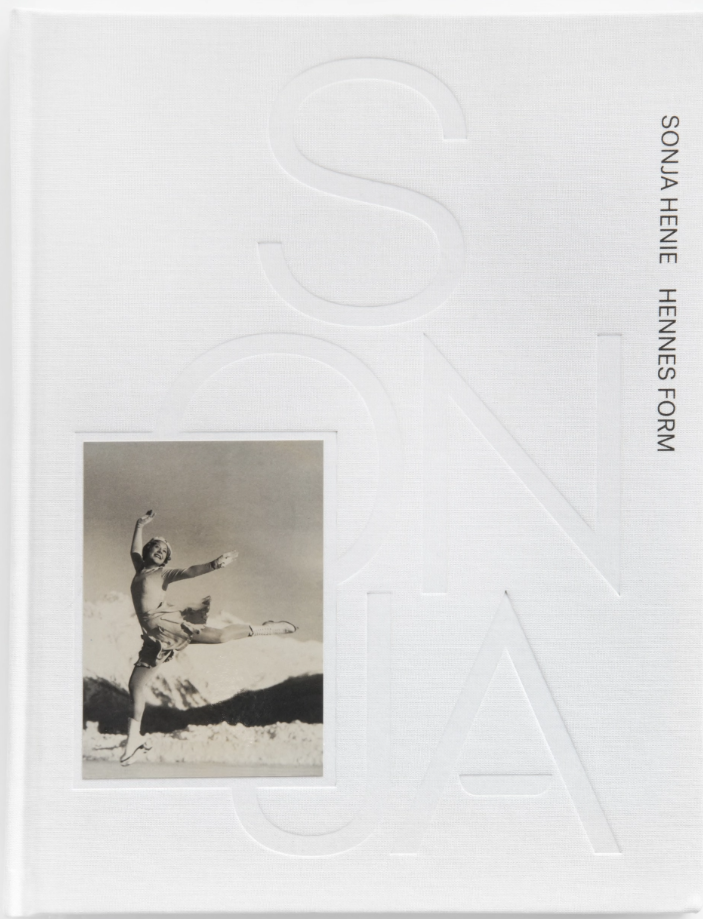
The story of how visionary architectural ideas found their way to Høvikodden
From the book: Sonie Henie, henne form, Henie Onstad Art Centre 2021. Editor: Gunhild Varvin
In the Norwegian context, the radical project that arose at Høvikodden in 1968, initiated and financed by Sonja Henie and Niels Onstad, was a completely new type of art institution. Moderna Museet, under the innovative directorship of Pontus Hultén, Louisiana Kunstmuseum and its owner-director Knut W. Jensen, and Stedelijk museum under the influential Willem Sandberg were all role models for a new kind of institution that Henie Onstad’s director, Ole-Henrik Moe, chose to call “det totale museum”.
The architecture of the art centre, which was conceived by the young architects Jon Eikvar (1933–) and Svein-Erik Engebretsen (1933–), inscribed itself into the artistic project through an open relationship with its surroundings, a flexible spatial organisation, an unconventional form and innovative material experiments. The curatorial and museological precursors to the Høvikodden art centre are well known and thoroughly documented, but its architectural ancestry have been explored to a much lesser degree.[ii] Uncovering the ideas that formed the basis for the architects’ submission to the design competition requires a deep dig into the archives, and identifying the origins of the art centre’s architecture requires knowledge about the international discourse that unfolded within architecture towards the end of the 1950s and into the 1960s.
Download as PDF